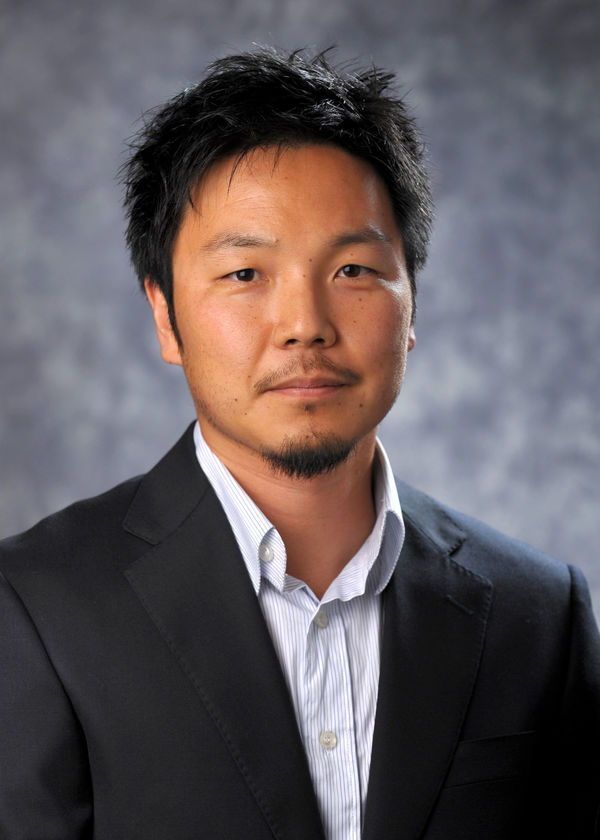
Shaun Lee, Monahan Family Associate Professor of Rare and Neglected Diseases in the Department of Biological Sciences and member of the Eck Institute for Global Health, discusses his lab’s exciting research, their collaboration with computer scientists, and what he finds most rewarding about working with students.
Q. Tell us a little bit about your research program. How and when did you first become interested in the field?
A. Our lab’s research focuses on understanding the mechanisms behind bacterial disease and how we can develop new therapies to combat bacterial infections. We study how bacteria use a family of diverse peptide compounds known as bacteriocins, to produce disease in their hosts, as well how they are used by many bacteria to compete against other microorganisms in their environment. I have always been interested in microorganisms and infectious disease, and worked as a Research Assistant on the association between viruses and neurologic disease before I embarked on my graduate studies in Molecular Microbiology and Immunology.
Q. What are you currently working on, and what do you hope to accomplish with it?
A. One exciting current avenue of our research has been to collaborate with computer scientists to develop biophysical and computational approaches to discover and optimize these bacterially produced peptides so that they may serve as future antibiotic compounds. These approaches take advantage of the vast amount of genomic information that is now available on bacterial organisms, and in a way it’s really like ‘hunting for treasure’ in that you are developing ‘mining’ tools to discover new and interesting compounds that may be quite valuable as novel drug candidates!
Q. What is your greatest scientific/research achievement to date? Is there a publication you are most proud of?
A. I am most proud of the research accomplishments of the many students, postdocs, and research associates that have worked in my lab! If I had to pick one, I would highlight our work on the bacterial toxin Streptolysin S, produced by a bacterial pathogen known as Group A Streptococcus. This was a very exciting study led by a senior researcher in my lab Dustin Higashi, with many collaborators and co-authors contributing critical data that led to a cover article in Nature Microbiology.
Q. What do you find to be the most rewarding aspect of training students?
A. To me, the most rewarding aspect of training a student is when I can see that they have caught the ‘scientific bug’; they become truly curious about a scientific question! It’s ultimately that curiosity that will allow them to have the tenacity, humility, and wonder that come with being a successful scientific researcher. Einstein said, “I have no special talent, I am just passionately curious.”
Q. Do you have any plans for the future? If so, what are they?
A. I am very excited for what the future may hold for our peptide compounds! I have a very talented undergraduate student in my lab, Veronica Kalwajtys, who is working with Dr. Prakash Nallathamby at ND Nano to combine our antimicrobial peptides and coat them onto nanobeads to see if we can improve the activity, as well as the delivery and stability of these peptides. They are leading the way, and I am very excited to see how this will develop in the immediate future.
Q. Tell us a fun fact about yourself, or something you enjoy doing in your free time. What’s it like to balance teaching, conducting research, and home life?
A. In my spare time, I play guitar in a rock band with my fellow Notre Dame faculty! We are known as the “Standard Deviants” and have played at many places around Notre Dame and South Bend.
Originally published by at globalhealth.nd.edu on January 31, 2019.
